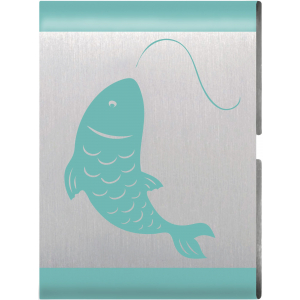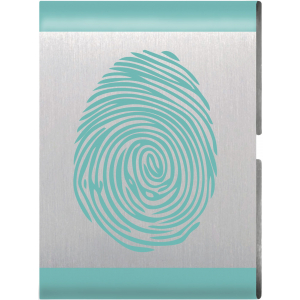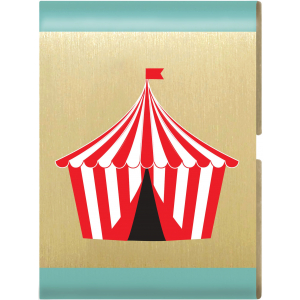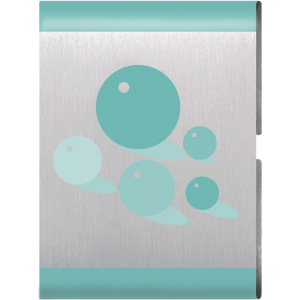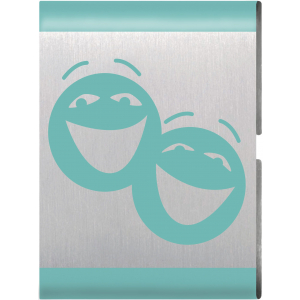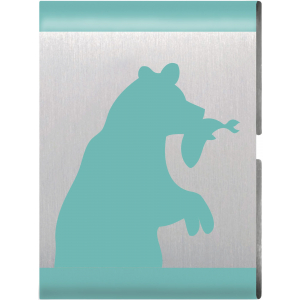MENUMENU
- Home
- Calendar
-
- Camping & Activities
-
Programs
– – – – – – – – – –
Hiking
Pathfinder (coming soon)
– – – – – – – – – – – –
-
- Training
-
- Events & Giving
-
Special Events
Special Events
Capital Donations
Restricted Donations
-
- Resources
-
Advancement
Cub Scout Resources
Scouts BSA Resources
District Resources
Help
-
- About
-
Districts
Districts
-

